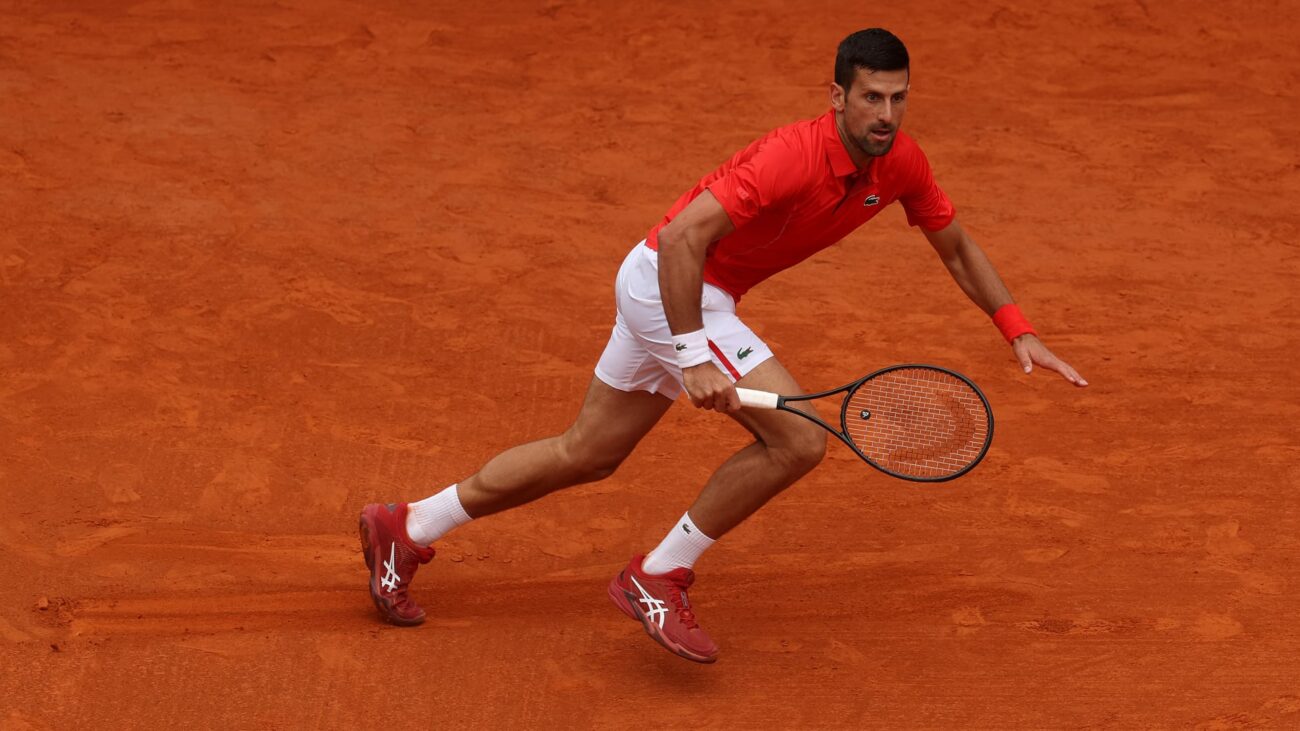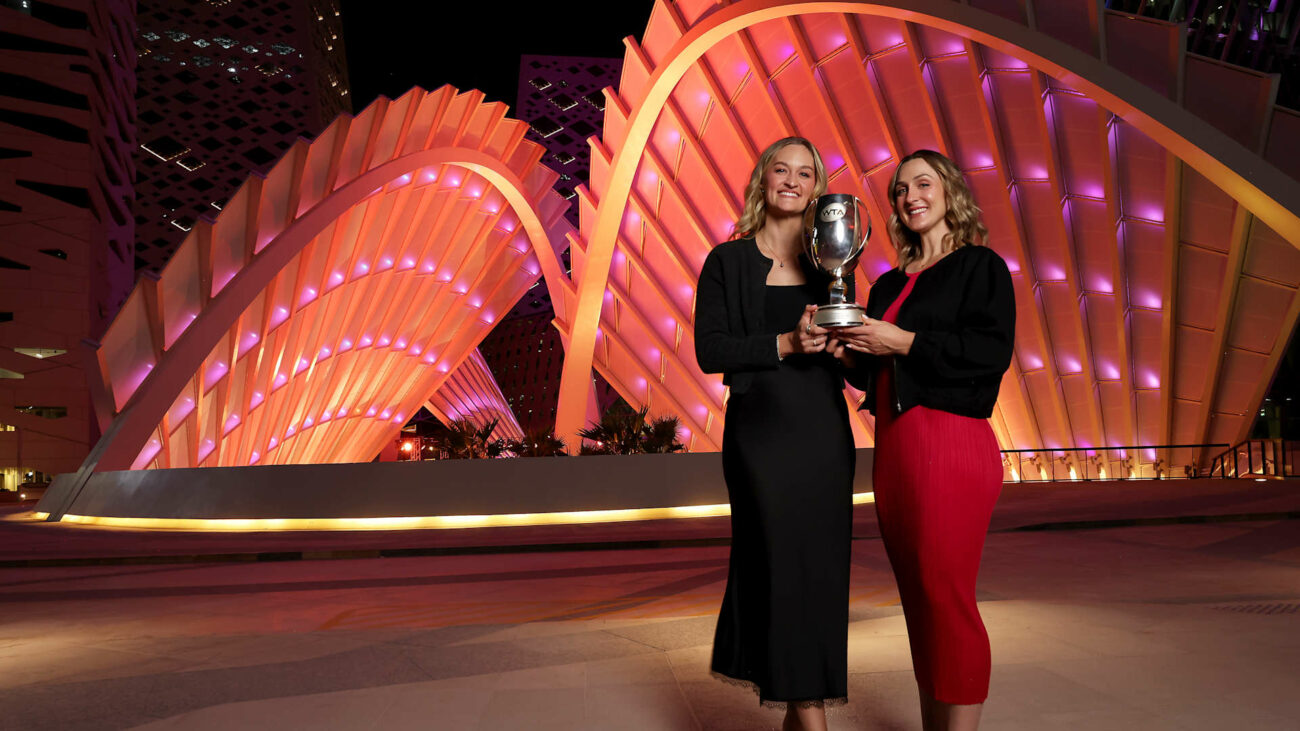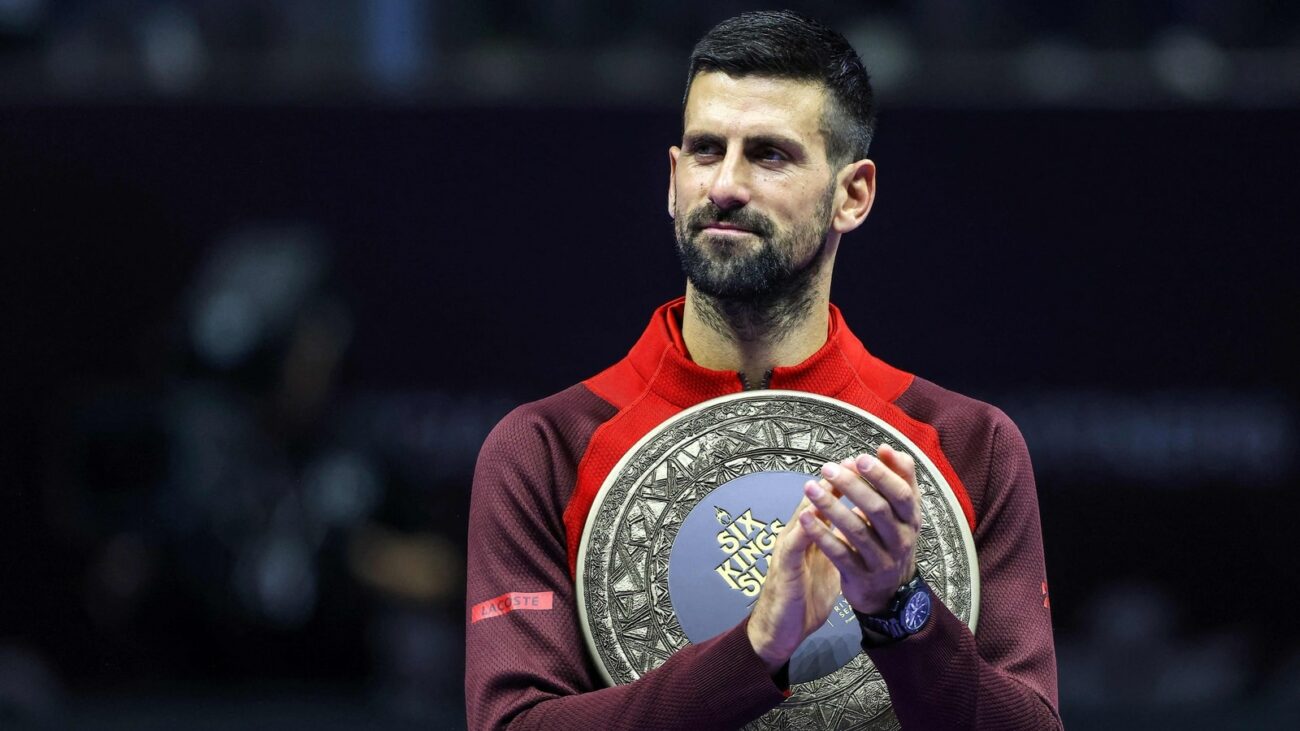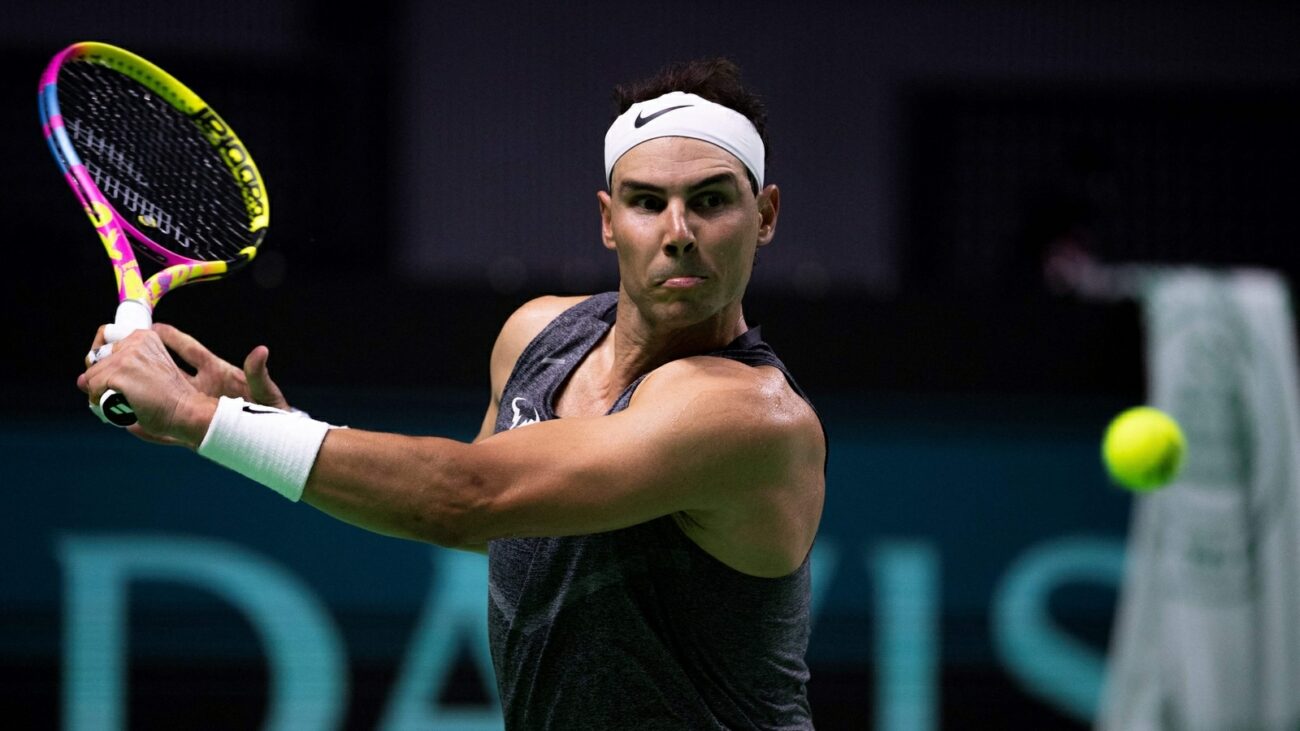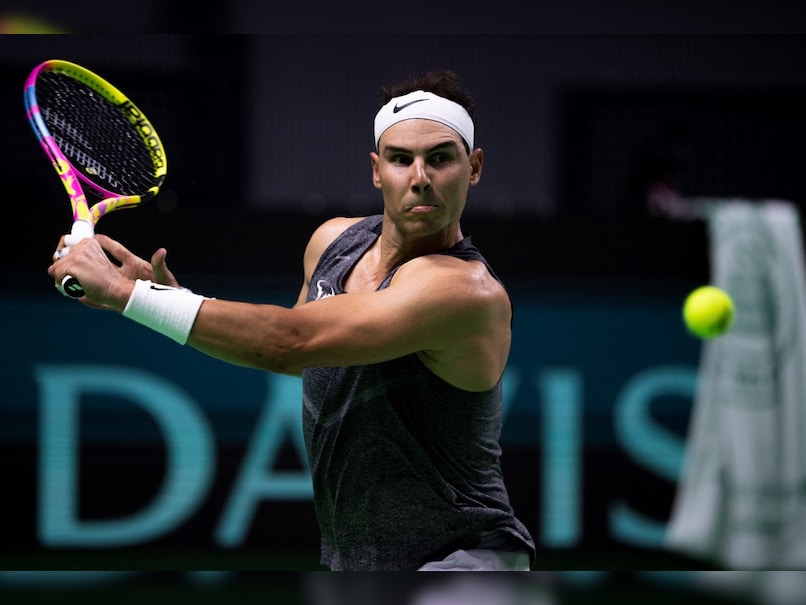Novak Djokovic’s vulnerability at the Monte Carlo Rolex Masters has become a recurring theme in recent years. Despite his dominance on clay, the world No. 1 has faced early exits in Monaco, providing lesser-ranked players with rare opportunities to triumph over him.
This year, Djokovic’s clay season has been marked by a lack of preparation and a coaching change. Without a title since the Australian Open and without his long-time coach Goran Ivanisevic, Djokovic entered Monte Carlo with questions surrounding his form.
However, in his second-round match against Roman Safiullin, Djokovic displayed a sharp performance, despite not having played on clay since last June. He jumped out to an early lead and never lost control of the rallies, showcasing his trademark forehand and backhand drop shots.
“My feeling was great,” Djokovic said after his 6-1, 6-2 win. “I like really the way I felt today on the court, the way I was striking the ball.”
Djokovic’s victory was a reminder of his enduring class, but it also raised questions about his future. At 37 years old, he is entering the twilight of his career, and the emergence of younger players like Carlos Alcaraz and Jannik Sinner has shifted the balance of power in men’s tennis.
While Djokovic may not be as dominant as he once was, he remains a formidable opponent. His experience and mental fortitude make him a threat in any tournament, and he will be determined to prove that he can still compete with the best.
As Djokovic knows, there is a long way to go before the French Open, and he will need to maintain his focus and rhythm in the matches to come. His next challenge will be Lorenzo Musetti, who defeated him in Monte Carlo last year.

